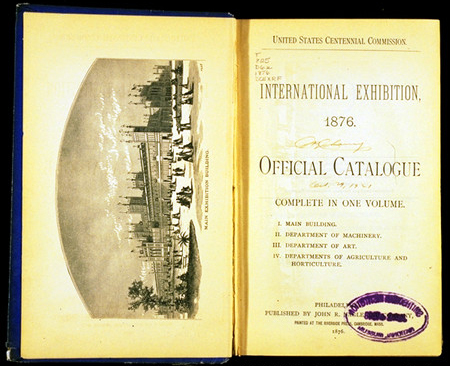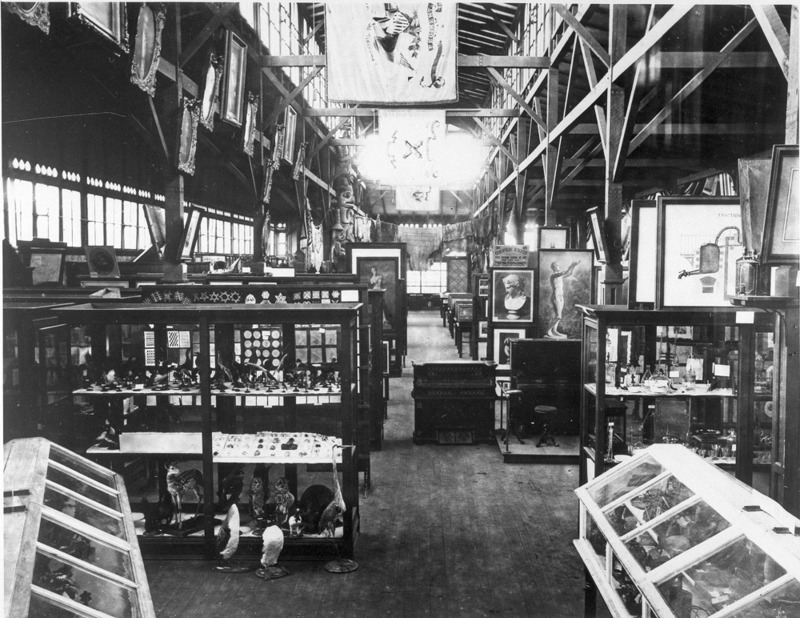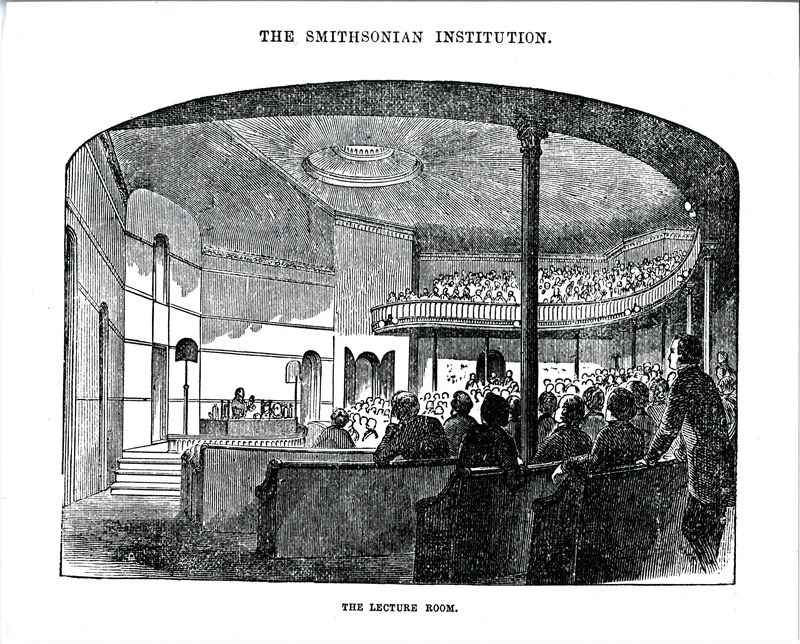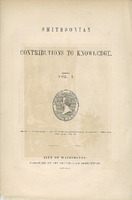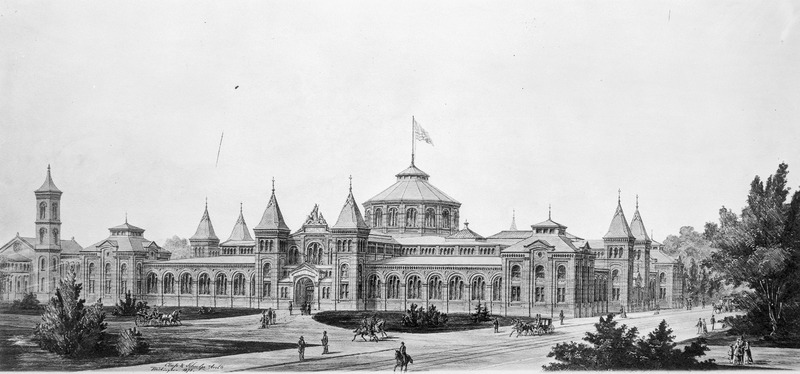The National Museum of the Smithsonian Institution
Assistant Baird had still been dutifully supporting Secretary Henry’s programs, while also quietly acquiring more collections. Then, in 1872, Henry finally gave him the full responsibility of the national museum. Baird grew the collection further following the US Centennial Exposition in Philadelphia in 1876. As one of the participants with several Smithsonian exhibits, he convinced others to donate their collections to the Smithsonian, bringing back roughly 60 box cars full of displays to Washington DC. Acquiring these artifacts brought Baird one step closer to creating an official Museum of Natural History of the Smithsonian Institution. Upon Joseph Henry’s death in 1878, Spencer Baird was immediately appointed as the next Secretary of the Smithsonian, and he wasted no time asking Congress to fund a national museum building. Unlike Henry, Baird was not concerned about taking money from the government. He knew that his vision of a national museum could not be achieved without their financial help; the Smithsonian funds would not be enough. In 1879, Congress approved the funding for a Museum of Natural History building.
Despite the fights Henry endured during his tenure as the first Secretary of the Smithsonian Institute, he still left an impressive list of accomplishments, such as establishing an annual series of lectures, publishing seventy-one original scientific memoirs, instituting an exchange of scientific and literary publications between the US and Europe, and setting up a system of collecting meteorological data from volunteers across the nation that contributed to new knowledge in climate patterns and weather forecasting.
As much as Henry tried to limit the Smithsonian to his narrow agenda as outlined in his ‘Programme,’ collections continued to grow. From the time that Baird first came to the Smithsonian in 1850 until his death in 1887, the collections of artifacts had grown from about 6,000 to over 2.5 million, in part from his behind the scenes work and influences. When Henry died in 1877, Baird was quickly named as the next Secretary of the Smithsonian. Under Baird’s leadership, Joseph Henry’s ‘Programme’ disappeared from the annual reports to the Board of Regents, an indication that Baird had his own vision for the institution, centered on the museum. His dream of leading a National Museum of the Smithsonian had come to fruition, thanks to his dedication and diligence, and his ability to work with Henry instead of against him, as had been the case with Charles Jewett. And in doing so, he solidified the identity and purpose of the Smithsonian Institution as it is known today; an international establishment comprised of multiple museums and research facilities that are invested in both the increase and diffusion of knowledge to all people.
